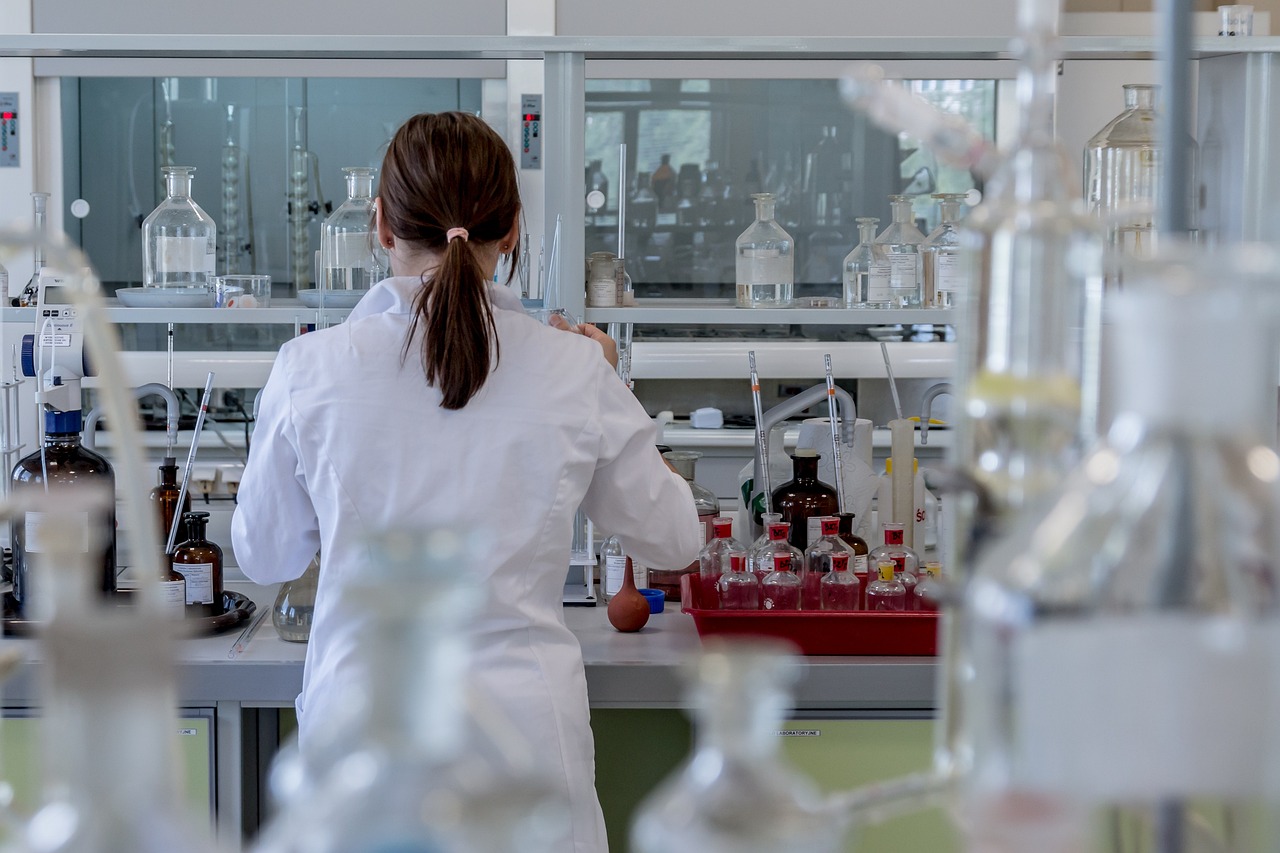In Vitro Diagnostics News: In vitro diagnostics (IVD) are medical tests that are conducted using laboratory products. These products are regulated as medical devices under the Public Health Service Act (PHSA). The devices must meet specific requirements and are subject to post-market and pre-market controls. The EU Commission has issued a series of guidelines for these devices.
These guidelines aim to improve the quality and precision of IVD results, which can have major impact on patient health. They also aim to minimize the costs associated with these procedures. Currently, IVDs are used in a wide variety of settings. However, the quality of these results depends on several factors. These factors include reagent quality, instrument calibration, and protocol reliability.
The new European Union (EU) IVD Regulation came into effect in May 2017. The new regulations have huge consequences for IVD manufacturers. However, the current regulations provide manufacturers with a transition period until 26 May 2022. This is crucial because the new rules could disrupt the supply of IVD medical devices. Therefore, the EU should establish a mechanism to ensure that IVDs are compliant.
As per the regulations, IVDDs are classified as medical devices or instruments. Class I IVDDs are classified as low risk, while Class II and Class III products are considered high-risk. The latter two types are subject to more stringent regulatory controls. The FDA also provides a helpful resource called “Classify Your Medical Device” that allows you to determine the level of regulation applicable to your specific product.
In vitro diagnostics are medical tests that analyze samples of human tissue or blood and provide information about a patient’s condition. They can help doctors diagnose a disease and help prevent or mitigate future complications. They are used in hospitals, clinics, and at home. They are becoming increasingly common with the advent of new technologies. These tests are critical in helping doctors make informed decisions about treatment. They can also help monitor chronic diseases.
A wrong result may lead to life-threatening outcomes. It may lead to the need for follow-up procedures. Errors in IVDs can affect the patient’s health and life. The erroneous result can be fatal or lead to severe disability. It can also cause the patient to experience significant stress and anxiety.
The market for in vitro diagnostics is growing worldwide. The United States holds the largest market share and is expected to remain dominant throughout the forecast period. Rising healthcare expenditure, increased awareness, and improved access to technology are some of the major factors driving the market in the North American region. But, other regions, such as India, are expected to experience significant growth.
The in vitro diagnostics market is largely segmented by end-use. Hospitals and diagnostic laboratories are the largest users of IVD, accounting for over USD 35 billion by 2021. However, the market is also driven by innovative technologies that make them easier to detect pathogens and improve patient outcomes. A growing number of patient visits will boost the demand for these tests in hospitals.
In vitro diagnostics are clinical tests that analyze samples of human body tissue. The results of these tests are used to determine treatment decisions. These tests are regulated by the Food and Drug Administration (FDA) as medical devices. The FDA requires manufacturers to ensure the accuracy of the tests they make. However, IVDs developed within the same laboratory are exempt from this requirement.
In vitro diagnostic devices (IVDDs) are classified into three classes based on their uses: research and disease management. Researchers use Class I IVDDs for disease status research, screening, and disease management. They are also used to identify infectious agents and self-limiting diseases. The risks associated with incorrect IVDD results are low or nonexistent.
There are several factors driving the IVD market. The first is the rising prevalence of infectious diseases, which is driving the demand for IVDs. Infections are the most common use of IVDs, with over a third of the market. Other factors are the rising incidence of STDs, the development of new drugs for cancer, and the availability of funding.
These devices provide physicians with information they need to diagnose and treat patients. They can be performed in a clinical laboratory or in a hospital. Many IVDs can also be done at home, near patients, or even as self-tests. The IVD market is expected to continue to grow steadily within an internationally regulated environment.
- Quantum Breakthrough: Room-Temperature Superconductivity Achieved
- India’s Cricket Fervor Hits Fever Pitch as World Cup Final Nears
- India Takes on Australia in the 2023 ICC Men’s Cricket World Cup Final
- Pharma Jobs: AIIMS Raipur Announces Direct Recruitment for 31 Pharmacist and Dispensing Attendant Positions; Applications Open till July 31, 2023
- Got Utkarsh Small Finance Bank IPO? Find Out NOW! Simple Steps to Check Your Allotment Status!
- Voltas and Zee Entertainment Lead as Volume Toppers in Stock Market; See High Trading Activity








